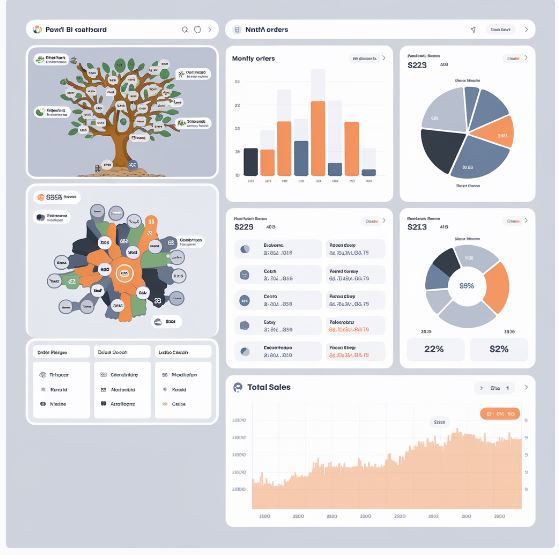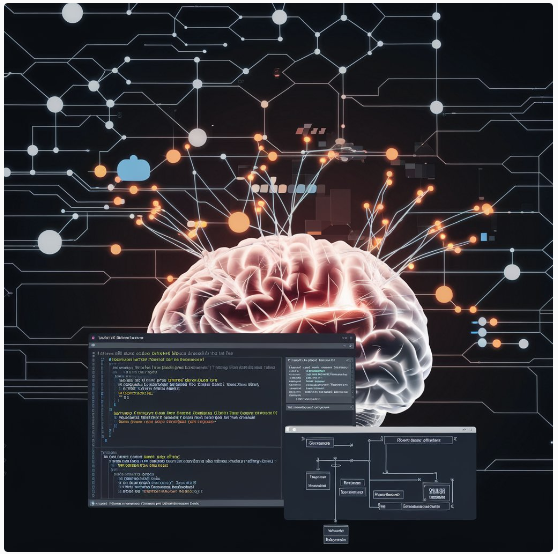Data cleaning techniques in r

Introduction
Data Cleaning as a Preprocess in Machine Learning Pipeline This task refers to identifying, correcting or removing; corrupt or inaccurate data which may include incorrect formatting of text causing data errors.LEADING TO: trivial decision making. This article will cover the Basics data cleaning techniques in R for Data Science – widely-used language that makes a perfect tool to play with.
Realizing its necessity of Data Cleaning
Quality of the Data: Good data is what makes a great ML model. Bias in the model: Since related data is dirty or contaminated,, machine will tend to predict wrong result which affect accuracy and of course prediction. Data cleaning makes sure your data to be used as input of machine learning algorithms is trusted and meaningful.
Typical Data Cleaning Bottlenecks
The rest of the practice we will be discussing over other important concept which is simply Handling missing datamissing : Yes! Deletion, imputation – and prediction are examples.
- The first task is again to remove outliers that may distort your model.
- Disparate Data: Since the data is inconsistent, it makes correct analysis very hard.
- Duplicate data: Eliminating duplicate records enhances the quality of data.
Data Cleaning Techniques in R
Handling Missing Values
- Detect Missing Values: There are utility functions such as is…. na() to locate missing data.
- Deletion: na. omission (remove rows or columns containing missing values) omit().
- Inputation : Replace missing values with estimations based on your data using the mean, median, mode or some fancy machine learning eg k-nearest neighbors.
- Outcome (a prediction)- Create predictive models to predict the missing data.
Outliers Detection and Treatment
Vis: Things like Boxplots, Histograms or Scatter Plots to determine the Outliers
Statistical Methods: Detect Outliers by z-scores or IQR;
Capping : Replacing the Outliers values with upper threshold and lower thresh_HOLD.
Winorization: the values at the extreme percentiles stand in place of outliers.
Standardization and Normalization
- Standardization: It scales data to have the mean equal to 0 and standard deviation(equi1) equal one.
- Normalization: It scales data into a particular range, usually [0-1] in this case.
- Applications: Normalize data so that algorithms such as linear regression and support vector machines can be used. Neural networks and most of the modern algorithm techniques except for Nearest neighbors require normalization to work properly.
Handling Categorical Data
- Factorization : Categorical variables are converted using factor()
- One-hot encoding: Use model to create the binary columns for each category. matrix().
Then we will perform label encoding on all the object/int category feature which means convert it to numerical labels and keep the data in memory.
Real-World Data Cleaning Case Study
Example with real-world dataset Show the process of cleaning data step by step in R code. Before and After Of The Data [To Demonstrate Change In Visualization Post Cleaning]
Conclusion
Data cleaning is an important step in machine learning but consumes lot of time. If you can write these 8 techniques of R, then undoubtedly your model performance will improve. Read for more details on Data Science and click data science online course violations well-patronage support It quickly gained a reputation as one of the most enterprise innovative programming languagesinceusers could combine code within different examples inside single line to complete processinformation produced great buzz among developers. Make sure you adapt your cleaning strategy to the relevant aspects of your dataset and expected machine learning algorithm.
Additional Tips:
- Utilize some dedicated data cleaning packages in R e.g. tidyr and dplyr for easy manipulation of the dataset.
- Clean with domain in mind
- And you may need to clean in a loop for huge data.
- Document the steps you take to clean for reproducibility.
Following these pointers will allow you to cleanup your data as efficiently for strong machine learning models.






